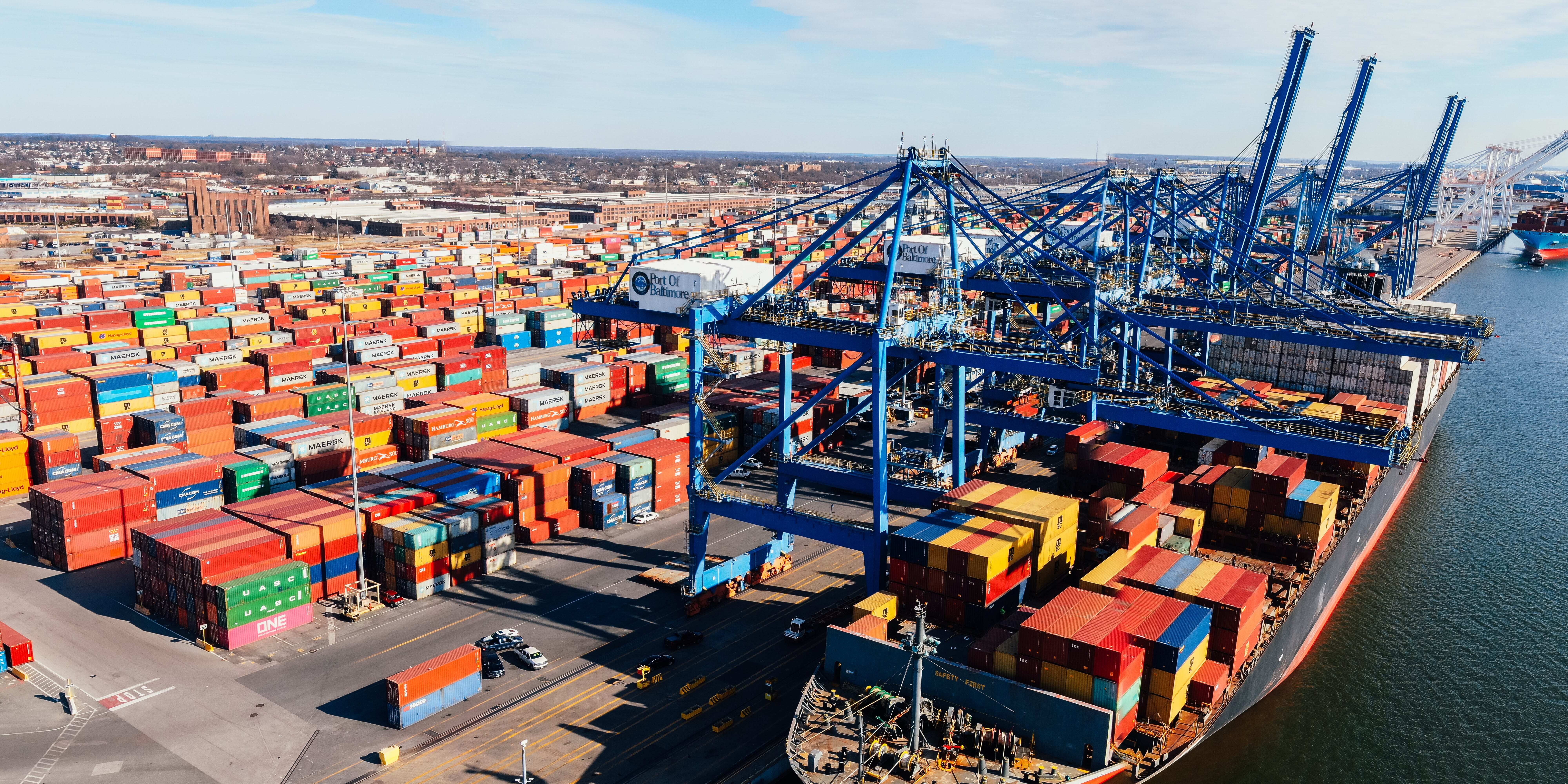The Australian industrial and trades sector plays a critical role in the country’s economic landscape, contributing significantly to employment and production.
As a key driver of economic growth, this sector faces both opportunities and challenges in the ever-evolving global and domestic markets. Understanding the current economic outlook in Australia is crucial for businesses, policymakers, and industry professionals to make informed decisions and seize opportunities.
Opportunities:
1. Infrastructure Development:
Australia’s infrastructure sector has been booming in recent years, presenting enormous opportunities for the industrial and trades sector. Major projects such as transport networks, renewable energy infrastructure, and public facilities require skilled labor, driving employment and growth. The Australian government’s commitment to investing in infrastructure will further enhance these opportunities.
2. Technological Advancements:
Rapid advancements in technology are reshaping industries worldwide, and the industrial and trades sector is no exception. Automation, robotics, and machine learning are revolutionizing production processes and enhancing efficiency. Embracing technological advancements can enable businesses to stay competitive, improve productivity, and expand their market reach.
3. Demand for Skilled Labor:
Australia continues to experience a shortage of skilled workers in the industrial and trades sector. This presents a significant opportunity for individuals seeking employment and businesses looking to expand their operations. Investing in training and development programs can help bridge the skills gap, providing a strong and competent workforce to support the sector’s growth.
Challenges:
1. Economic Uncertainty:
Global economic uncertainties, such as trade tensions and geopolitical conflicts, can impact the stability of the Australian industrial and trades sector. Fluctuations in global demand, exchange rates, and commodity prices may affect export-oriented industries. Businesses need to adapt and diversify their markets and products to mitigate the potential impact of these uncertainties.
2. Environmental Sustainability:
As the world increasingly focuses on sustainability, businesses in the industrial and trades sector face the challenge of adopting environmentally friendly practices. Meeting stringent regulatory requirements, reducing carbon footprints, and embracing renewable energy solutions are vital to ensure long-term sustainability and competitiveness.
3. Skills Shortage:
The shortage of skilled workers in the industrial and trades sector remains a considerable challenge in Australia. The ageing workforce and insufficient focus on vocational training have contributed to this issue. Encouraging young individuals to pursue careers in trades and providing accessible and quality training opportunities are necessary steps to overcome this hurdle.
Conclusion:
The Australian industrial and trades sector is poised for growth, supported by infrastructure development, technological advancements, and strong demand for skilled labor. However, challenges in the form of economic uncertainty, environmental sustainability, and skills shortages need to be addressed proactively. Collaboration between businesses, educational institutions, and policymakers is crucial to harness opportunities and navigate through challenges effectively. By doing so, the Australian industrial and trades sector can continue to thrive, contributing significantly to the overall economic prosperity of the country.








